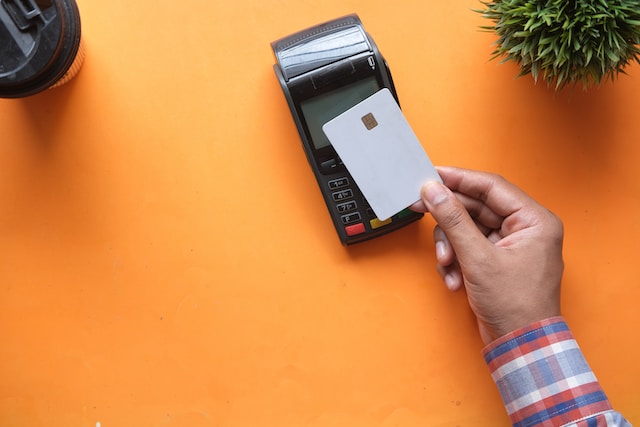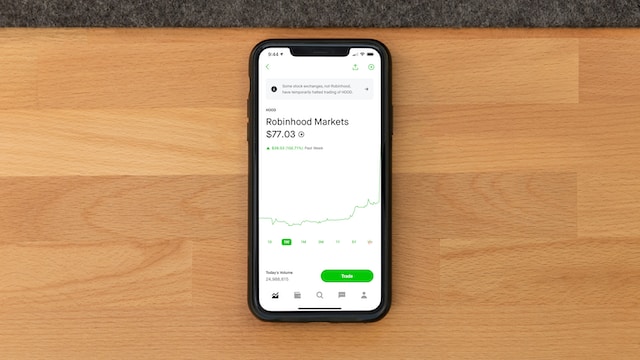As your enterprise evolves, it becomes increasingly engaged with a plethora of vendors, consumers, and partners globally. This growth provides an ideal opportunity to optimize the benefits of your international commerce.
To fully capitalize on such global trade opportunities, it’s crucial to equip your business to handle foreign currencies and keep abreast of the volatility of currency, which is the rate at which the price of a currency increases or decreases for a set of returns. This way, you can dodge excessive fees related to exchange rates, which fluctuate, potentially affecting your costs and profits.
Companies primarily face three categories of exchange-rate exposure: transaction, translation, and economic exposure.
We will explore each of these aspects in-depth, particularly focusing on the volatility of currency in each situation.
Transaction Exposure

This refers to the risk associated with changes in foreign exchange rates affecting your company’s cash flow or asset base due to the timing and size of exchange transactions.
Mitigating transaction exposure involves maintaining a flexible and liquid balance sheet to prevent financing the business with currency mismatches, utilizing the company’s credit lines for foreign exchange transactions, and employing a treasury management system with an online platform to manage currency transactions effectively.
For instance, selling locally-grown products, having multiple locations in your base country, and reducing the exchange risk by spreading it between two assets can help lessen the transaction exposure. These strategies can help deal with the volatility of currency and keep your operations running smoothly.
Translation Exposure

This exposure occurs when the exchange rate fluctuates during the time it takes to complete a transaction. This fluctuation can result in a difference between the transaction’s initial amount and the expenses later incurred to settle it.
To reduce translation exposure, ensure a buffer between the cash generated by the transaction and the exchange rate at which it happens. Other measures can include dealing with short-duration terms, linking the transactional value of the agreement to the market price, and negotiating purchase prices linked to the exchange rate.
These methods help in managing the valuation of currency and the volatility in exchange rate.
Economic or Operating Exposure

This exposure is about the impact of exchange-rate fluctuations on a company’s financial position, including the cash inflows and outflows’ purchasing power. Mitigation strategies include planning currency movements and linking the company’s assets and liabilities to a single, stable currency.
This helps in managing the volatile currency meaning, which refers to the rate at which a currency’s value can change for different reasons.
Understanding the risks of dealing with foreign currency exposure, such as conversion risk, liquidity risk, and unearned margin, is essential. Strategies to alleviate these risks can include transacting in your local currency as much as possible, keeping your currency fluctuation plans up-to-date, employing currency management platforms, and considering currency diversification. Currency diversification can reduce risk by counterbalancing your domestic currency’s value.
In the world of commerce, the volatility of crude oil and the volatility of bank nifty also hold significant value. Crude oil volatility refers to the market’s expectation of 30-day price swings, affecting economies worldwide due to its impact on energy prices.
On the other hand, Bank Nifty’s volatility relates to banking stocks’ price fluctuations in the National Stock Exchange of India, influencing the financial sector’s performance.
Contractual Protections and Hedging

Contractual protections and hedging are effective ways to manage risks related to foreign currency exposure. Hedging involves securing the exchange rate to determine your future earnings. Financial instruments such as futures, options, cross-currency swaps, and foreign currency forwards can be used for hedging exposure.
Finally, calculating currency exposure is vital. Companies usually use the forward currency exchange rate for accounting purposes when converting transactions between foreign and domestic currencies. An understanding of the volatility in exchange rate and valuation of currency will provide an insight into potential losses due to exchange rate risk.
Bottom Line
Fluctuations in foreign currency can significantly impact your business. However, with accurate data and a professional risk manager, you can use currency exposure as a way to diversify your investments, reduce your risk, and potentially increase your returns. Proper management of the volatility of currency, understanding volatile currency meaning, and keeping an eye on the volatility of crude oil and bank nifty can help in making informed business decisions.
Disclaimer
CurrencyVeda provides information for educational purposes only. It is not intended as financial or investment advice. Individuals should conduct their own research or consult with a qualified professional before making any financial decisions. CurrencyVeda is not responsible for any loss incurred as a result of using the information provided.
Why does currency value change?
Currency values change due to supply and demand, geopolitical events, economic indicators, and market sentiment, which alter investors' perception of its value.
Who decides value of currency?
Currency value is largely determined by the forex market through supply and demand. Central banks can influence it through monetary policy.
Which currency pair is most volatile?
Historically, the most volatile currency pair has been GBP/JPY, due to economic factors of both the UK and Japan.
Which currency is most volatile?
Emerging market currencies are typically most volatile. Examples include the South African Rand and the Brazilian Real.
What is the most volatile currency?
The most volatile currency can vary, but often it's an emerging market currency. As of my knowledge cut-off in 2021, it's the South African Rand.
How much volatility is good for intraday?
Moderate volatility is good for intraday trading, providing enough price movement for potential profit, while not being excessively risky.
How to check volatility of a currency pair?
You can check the volatility of a currency pair using a financial news service, forex trading platforms, or volatility indices like the VIX.
How to calculate volatility of a currency?
Volatility is calculated using statistical measures like standard deviation or variance of the currency's price changes over a specified period.






[…] recessions often increase market volatility, which can lead to sharp currency fluctuations. Be prepared for sudden market movements and adjust […]